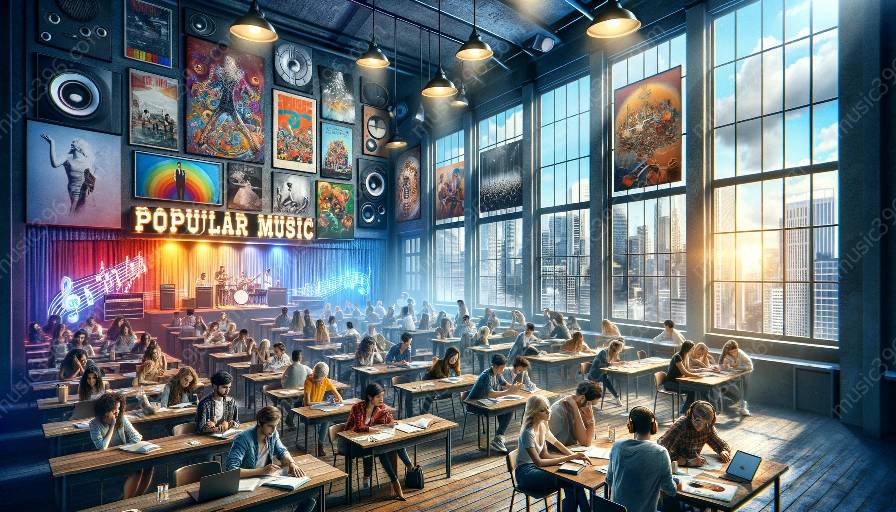Music has long been intertwined with fashion and style, shaping the visual narratives of popular music icons and reflecting the cultural zeitgeist. This topic cluster delves into the intersection of fashion and music iconography, exploring how the two fields influence and inform each other in pop culture.
Understanding Music Iconography in Pop Culture
Music iconography refers to the visual representations and symbols associated with musicians and musical genres. From album covers to stage costumes, these images play a pivotal role in defining an artist's persona and contributing to their cultural impact. The visual identity of music icons often becomes inseparable from their artistic expression, shaping the public perception of their music and persona.
Impacts on Fashion Trends
Pop culture and popular music have historically been significant drivers of fashion trends. From the flamboyant glam rock styles of the 1970s to the streetwear and athleisure aesthetics popularized by hip-hop artists, music iconography has consistently influenced fashion movements. The distinct looks of iconic musicians often permeate mainstream fashion, inspiring designers and shaping consumer trends.
Moreover, music iconography has also shaped subcultures and countercultural fashion movements, giving rise to unique and alternative styles that challenge conventional norms. The punk rock ethos, for example, rebelled against mainstream fashion, embracing DIY aesthetics and politically charged clothing choices that continue to influence alternative fashion scenes today.
Reflecting Societal Values and Identity
Music iconography in pop culture serves as a mirror reflecting societal values and identity. The fashion choices of music icons often encapsulate broader cultural shifts, from challenging gender norms to addressing political statements through fashion. For instance, the androgynous styles of artists like David Bowie and Prince challenged traditional notions of masculinity and femininity, influencing broader discussions on gender identity and fashion.
Furthermore, the fusion of fashion and music iconography has been instrumental in highlighting cultural diversity and inclusivity. Artists from diverse backgrounds have used their fashion choices to reclaim their cultural heritage and challenge stereotypes, fostering a more inclusive representation in the fashion and music industries.
Cultural Evolution and Adaptation
As popular music evolves, so do the associated fashion and style trends. The symbiotic relationship between music and fashion continually adapts to reflect current cultural climates and technological developments. In the digital age, social media and music videos have become powerful platforms for musicians to showcase their visual identities, shaping trends and creating global fashion phenomena in real-time.
Additionally, the collaborative nature of fashion and music has led to a convergence of industries, with musicians becoming influential figures in the fashion world through partnerships, endorsements, and the launch of their fashion lines.
The Future of Fashion and Music Iconography
Looking ahead, the intersection of fashion and music iconography will continue to evolve and influence global cultural landscapes. As new generations of music icons emerge, they will undoubtedly bring forth fresh interpretations of style and visual storytelling, further shaping the interconnected realms of fashion and pop culture.
Understanding the dynamic relationship between fashion and music iconography is crucial for gaining insights into broader cultural movements and societal shifts. This cluster seeks to unravel the multifaceted connection between fashion, music iconography, and popular culture, shedding light on the symbiotic influence of these creative disciplines.


